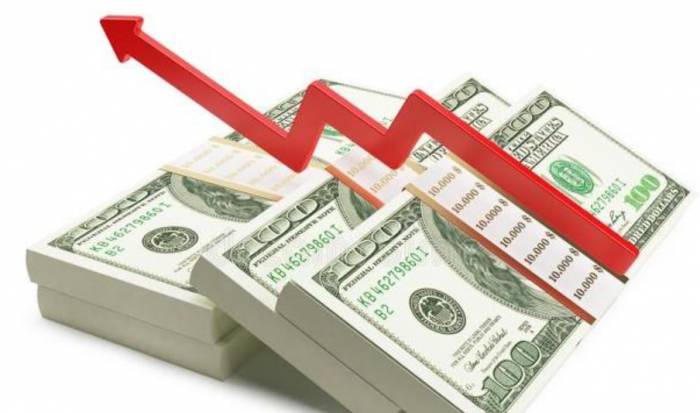Expected interest rate cuts bring good news
Some analysts predict that the weak start of the US economy this year will not continue into the second quarter due to the continued strength of the job market. Data released on Thursday showed that t...
Some analysts predict that the weak start of the US economy this year will not continue into the second quarter due to the continued strength of the job market. Data released on Thursday showed that the US first quarter real GDP annualized quarter-on-quarter revised value recorded 1.3%, lower than the previous initial value of 1.6%, and significantly lower than the growth rate of 3.4% in the fourth quarter of 2023, reflecting consumer spending below expectations. The main engine of US economic growth - personal spending increased by 2.0%, while the previous initial value was 2.5%.
In terms of inflation, the US first quarter PCE price index annualized quarter-on-quarter revised value favored by the Federal Reserve recorded 3.3%, slightly lower than the expected 3.4%. Excluding food and energy, the US first quarter core PCE price index annualized quarter-on-quarter revised value recorded 3.6%, also lower than the previously expected 3.7%.
After the data was released, gold rose slightly, and the US dollar index continued to fall after achieving the best single-day performance in a month yesterday.
Bespoke Investment Group said, "Overall, there are no major surprises, and the positive side is that inflation data is generally lower than expected."
Analysts said that the decline in the US economy last quarter was mainly due to two factors - a surge in imports and a decrease in corporate inventory, and these two factors tend to fluctuate between different quarters. Thursday's report showed that imports dragged down economic growth by more than 1 percentage point in the previous quarter. Corporate inventory decreased by nearly half a percentage point.
Since March 2022, the Federal Reserve has raised the benchmark interest rate 11 times to curb the most severe inflation in 40 years. However, the US economy has shown surprising durability, with the economy continuing to grow and employers continuing to recruit. Some analysts predict that due to the continued strength of the job market, the weak start of this year is expected not to continue into the second quarter.
However, there are also many signs that the US economy may be weakening. For example, more and more Americans are defaulting on credit card bills. Recruitment is slowing down, and the number of vacancies posted by companies is also decreasing. More companies, including Target, McDonald's, and Burger King, are emphasizing price reductions to attract consumers who are financially constrained.
According to the CME's FedWatch tool, most traders expect the Federal Reserve not to make the first interest rate cut in November.
Another set of data shows that the number of initial jobless claims in the United States increased last week to 219,000, higher than the previous week's 216,000, but the number of layoffs remains at a historical low in the face of persistent inflation and high interest rates.In April, U.S. employers added only 175,000 jobs, the lowest level in six months, indicating that the labor market may finally be starting to cool down. The unemployment rate edged up slightly from 3.8% to 3.9% and has been below 4% for 27 consecutive months, the longest stretch since the 1960s.

Earlier data also showed that there were 8.5 million job vacancies in March, the lowest level in three years.
Although layoffs are still at a relatively low level, companies have recently announced more layoffs, mainly in the technology and media sectors. Alphabet, the parent company of Google, Apple, and eBay have all recently announced layoffs.